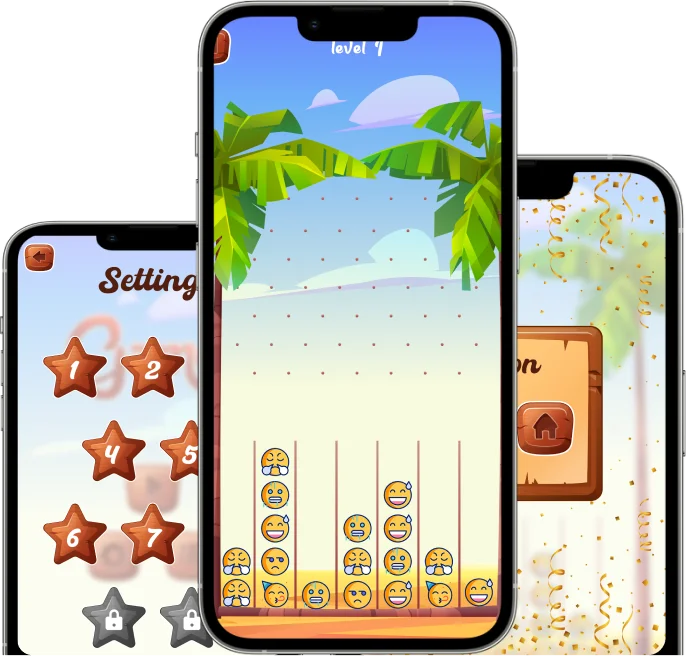
Our kids' game development services are designed to engage young minds with interactive and age-appropriate content, ensuring both entertainment and educational value. We focus on developing games that stimulate creativity, problem-solving, and cognitive skills while maintaining a safe and secure environment for kids. Our experienced team creates games that are visually appealing, easy to navigate, and tailored to different age groups, making learning a fun and enjoyable experience.
 Age-appropriate games designed to entertain and educate
Age-appropriate games designed to entertain and educate Safe and secure gaming environment with simple controls.
Safe and secure gaming environment with simple controls. Engaging graphics with interactive gameplay mechanics
Engaging graphics with interactive gameplay mechanics Customizable features to enhance the gaming experience for kids
Customizable features to enhance the gaming experience for kidsDeveloping a game for kids comes with unique challenges and opportunities. Unlike games designed for adults, kids' games need to be simple, engaging, educational, and safe.

Ready to create a magical world for kids? Let’s bring your playful ideas to life and make every game an adventure!a
 70% of parents prefer educational games that also entertain
70% of parents prefer educational games that also entertain Kids aged 3-12 spend an average of 45 minutes per day playing video games
Kids aged 3-12 spend an average of 45 minutes per day playing video games Educational games are 20% more likely to be recommended by parents
Educational games are 20% more likely to be recommended by parents
Our creative kids' games offer fun, learning, and engagement, designed with age-appropriate themes, colorful graphics, and interactive features that captivate young players.